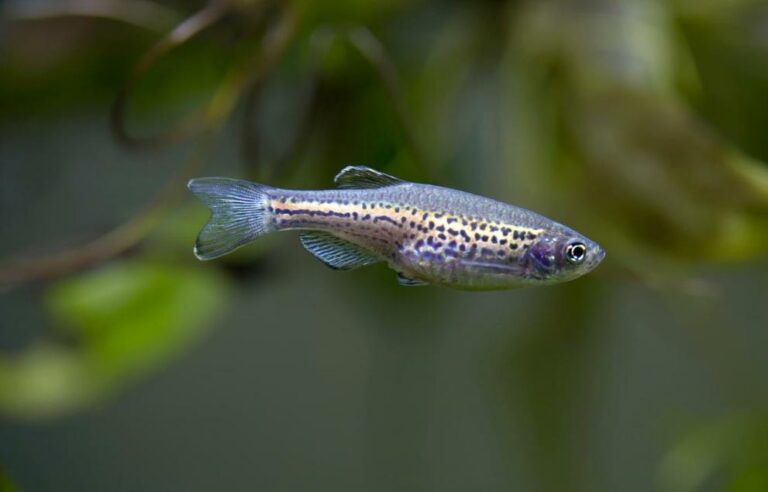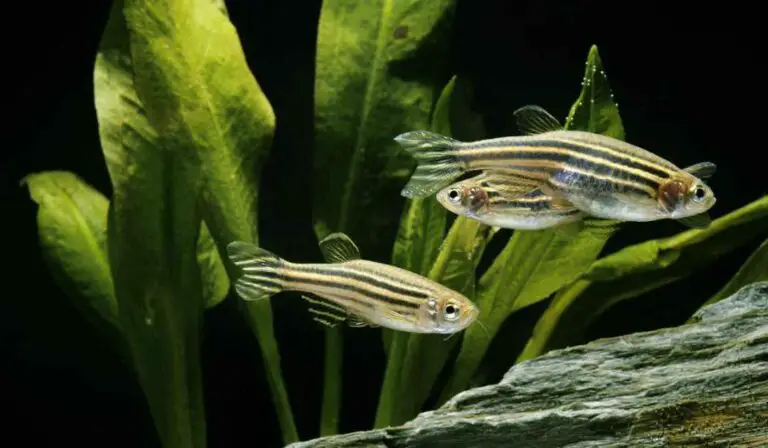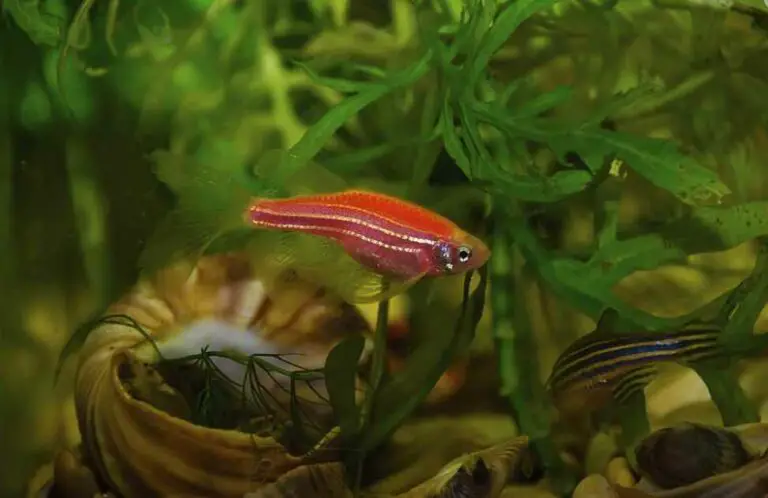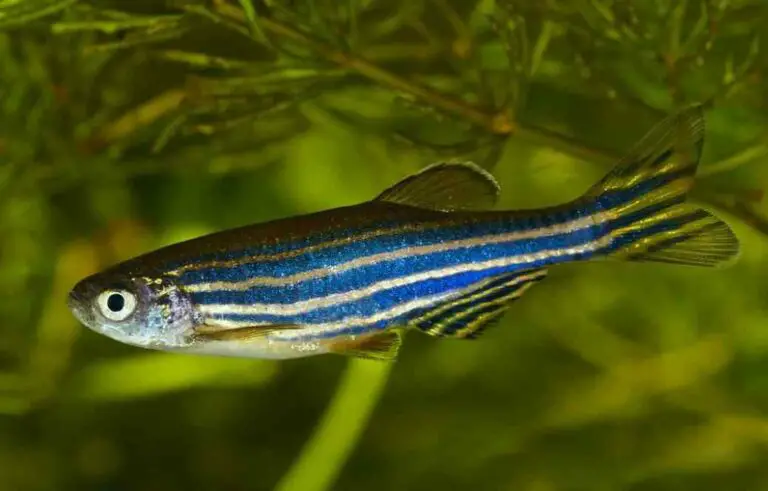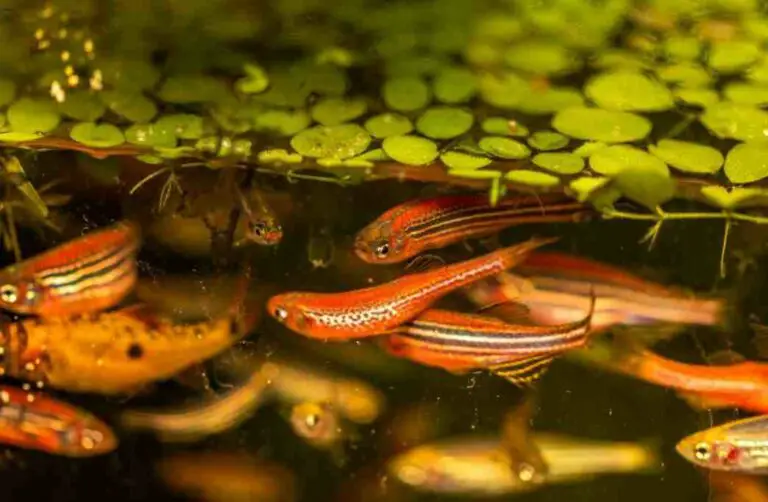Danios in Outdoor Ponds and Tubs
Zebra Danios fish (Danio Rerio) are tropical fish that can quickly breed in captivity without special conditioning. Both males and female Danios placed together in an aquarium or outdoor pond will readily mate and produce offspring.
Outdoor ponds and tubs can successfully accommodate Zebra Danios breeding, providing a more natural setting than indoor tanks. When setting up an outdoor Zebra Danios Pond, consider the following,
- Pond Size – A minimum of 10 gallons is recommended for a small group of 4-6 Danios. Larger ponds of 50-100 gallons can support more fish.
- Pond Depth – Shallow ponds 10-12 inches deep are ideal, allowing Danios to reach the surface quickly.
- Filtration – A water pump and filter are essential to circulate water and maintain water quality. Aim for a filtration system rated for 2-3 times the pond volume.
- Plants – Include hardy pond plants like “Anacharis, elodea, and Vallisneria” to oxygenate the water and provide hiding spots.
- Temperature – Maintain water temperature between 75-82°F. Use a pond heater in colder climates.
- Lighting – Provide natural daylight or use LED pond lights on a 12-14 hour day/night cycle.
- Water Changes – Change 10-15% of water weekly or biweekly to replenish minerals and reduce waste buildup.
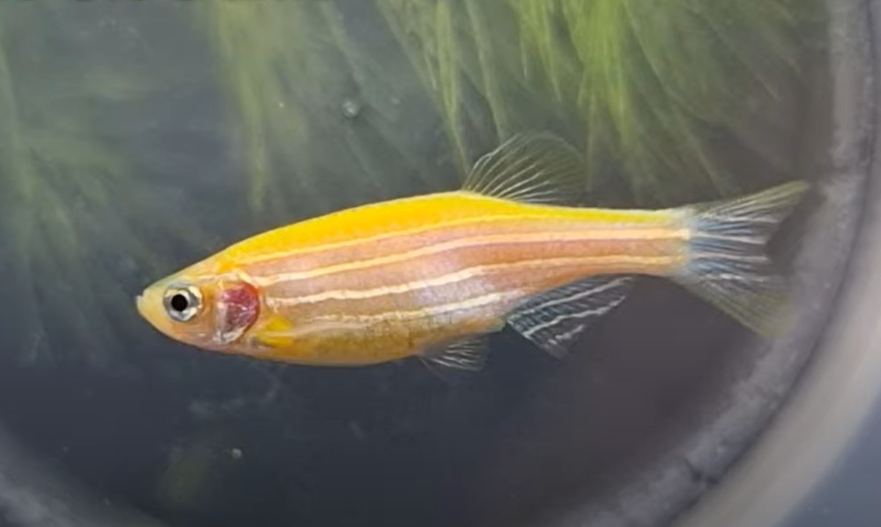
A properly set outdoor pond containing clean, oxygenated water maintained at ideal tropical temperatures allows Danios to thrive and breed continuously from spring through fall in most temperate climates.
Monitor ammonia, nitrite, pH levels and perform partial water changes routinely for best results, raising Danios outside. Here are the details on setting up an outdoor pond for breeding Danios.
Table of Contents
- Setting Up an Outdoor Zebra Danios Breeding Pond
- Regulating Water Temperature for Outdoor Zebra Danios Breeding
- Essential Equipment for Outdoor Zebra Danios Breeding Ponds
- Fish Net and Transparent Container
- Danios Fish Tank Gravel Vacuum
- Seasonal Guidelines for Outdoor Zebra Danios Keeping
- Do Danios Grow Faster in Outdoor Ponds?
- Are Danios More Difficult to Breed Outdoors?
- Successful outdoor Zebra Danios breeding
- Conclusion
Setting Up an Outdoor Zebra Danios Breeding Pond
- Pond Size
Aim for 100-200 gallons to accommodate breeding and growing fry. Rectangular ponds work better than round ones.
Shallow water 12-18 inches deep allows Danios and fry to swim to the surface quickly. Include some deeper 2-3 feet sections for winter temperature regulation.
Long, rectangular ponds provide Danios with a more continuous swimming area. Round ponds leave less usable space.
- Filtration
A pump rated for 300-500 GPH paired with a mechanical and biological filter helps maintain water quality in a breeding pond.
- Plants
Include hardy floating plants like water lettuce, frogbit, and duckweed to provide fry with infusoria to feed on. Potted marginal plants offer hiding spots.
- Heater
Use a 200-300-watt pond heater and check temperatures daily in colder months. Maintain water above 65°F for breeding and fry growth.
- Air Pump
An air pump and air stone aerate the pond water and prevent surface freezing in winter.
- Netting
Cover the pond with netting to protect Danios and fry from predators like birds and rodents.
With adequate “space, filtration, oxygenation, and temperature” regulation, an outdoor pond can successfully accommodate Danios’s breeding group and sustain continuous fry production during warmer seasons. Below are the details on ideal water temperatures for breeding Danios outdoors.
Regulating Water Temperature for Outdoor Zebra Danios Breeding
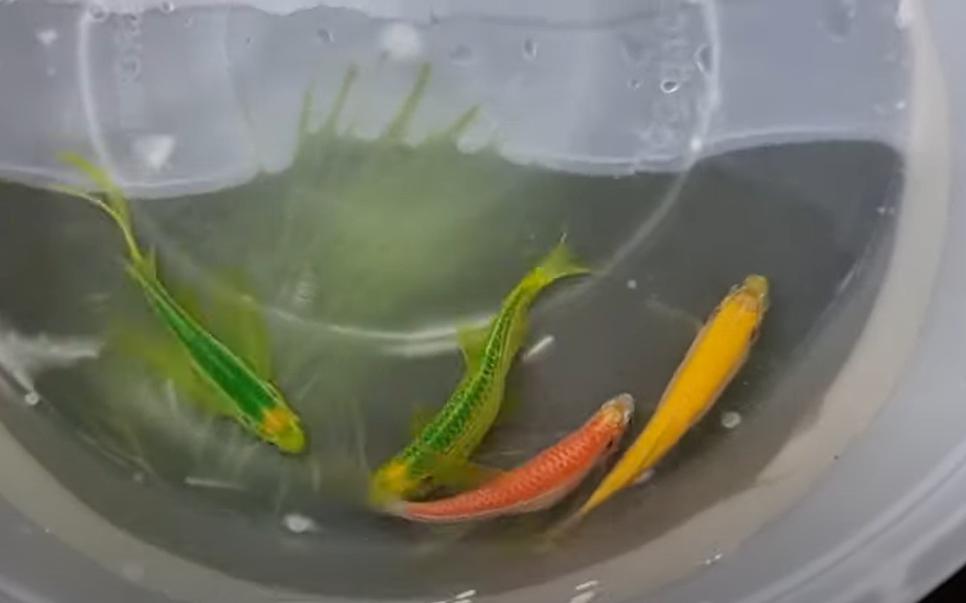
01. Ideal Temperature Range
Maintain water temperature between 75-82°F for optimal Zebra Danios breeding and fry growth.
02. Daily Temperature Fluctuation
Allow no more than 2-3°F change between day and night. Stability is key.
03. Seasonal Temperature Changes
In temperate climates, pond heaters and winter insulation keep water above 65°F.
04. Temperature Monitoring
Check water temperature daily at various pond depths and adjust heating or shading as needed.
05. Deep End
A 3-4 foot deep section helps moderate temperature swings in shallow pond areas.
06. Shading
Use partially submerged boards or tarps to block excessive sun heating without limiting light.
07. Fry
Newborn fry prefers 78-80°F water. Monitor nursery areas closely.
08. Heater Size
Select a heater rated 1-2 times the pond volume to maintain temperatures.
09. Backup
Have a second heater if the primary unit fails in cold weather.
Careful monitoring and regulation of water temperature is crucial for Zebra Danios breeding success outdoors. Allow minimal daily fluctuation and prevent abrupt seasonal drops to sustain healthy fish and fry production. Below is a detailed list of recommended equipment for setting up an outdoor Zebra Danios breeding pond.
Essential Equipment for Outdoor Zebra Danios Breeding Ponds
There are a few essential equipments for outdoor zebra danios breeding tanks and ponds.
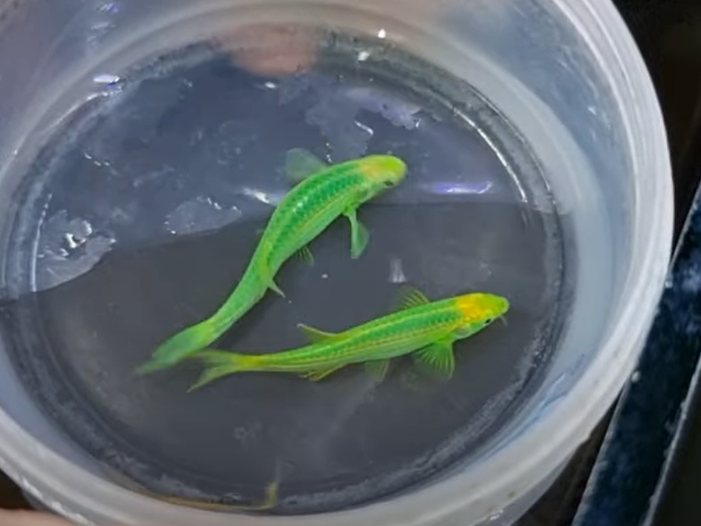
- Pond Filter – A canister filter rated for 2-3x total pond volume helps maintain water quality. Opt for built-in UV sterilization.
- Water Pump – Submersible pumps from 300 to 1000 GPH provide circulation size for pond volume.
- Air Pump – A powerful 2-4 outlet air pump with air stones oxygenates the pond water.
- Pond Netting – Cover the entire pond with a sturdy 1/4-inch plastic mesh to prevent jumps and deter predators.
- Pond Heater – Choose a submersible or de-icer with 200-500 watt heating power to maintain temperatures.
- Thermometer – Monitor daily water temperatures using a floating pond thermometer with a remote sensor.
- pH Test Kit – Test pH weekly and adjust as needed to maintain the ideal 7.0-7.4 range for Danios.
- Water Conditioner – Use a tap water conditioner to remove chlorine/chloramines before the water changes.
- Algae Control – Use an algaecide routinely to prevent excessive algae growth, reducing oxygen.
- Nursery Box – A floating plastic mesh box that lets fry grow safely until big enough to join the main pond.
The right equipment tailored to pond size optimizes water quality and environmental conditions for continuous Zebra Danios breeding and rearing in outdoor ponds. Here are more details on using a fish net and container to monitor Zebra Danios’ health.
Fish Net and Transparent Container
A fish net and transparent container are essential when keeping zebra danios outside the home.
01. Fish Net – Use a fine mesh net to gently scoop Danios out without harming fins or scales for close inspection. Avoid abrasive knotted nets.
02. Container – A clear 1-2 quart plastic container lets you examine Danios closely in good lighting. Avoid stressing fish; limit time in the container.
03. Inspection – Check for torn fins, missing scales, fungal patches, ragged breathing, clamped fins, or sluggish movement.
04. Measure – Use a ruler to periodically measure fish length and note growth rate, especially in fry.
05. Photography – Take dated fish photos to compare conditions over time. Look for the progression of the disease.
06. Quarantine – Isolate any sick or struggling fish in a separate conditioned tank for treatment.
07. Release – Always return healthy fish to the pond quickly after inspection to avoid temperature shock.
08. Frequency – Inspect adult fish every 2-4 weeks and vulnerable fry every 7-10 days.
Close monitoring ensures diseases and deficiencies are caught early before they spread through your Zebra Danios population. Use humane methods that minimize fish stress.
Danios Fish Tank Gravel Vacuum
Gravel Vacuum is essential when you keep danios in outdoor ponds or tubs. Here are some tips on using a gravel vacuum in an outdoor Zebra Danios pond.
- Gravel Vacuum – Use a handheld battery-powered or siphon-operated gravel vacuum designed for pond use.
- Substrate – Opt for smooth, rounded aquarium gravel or pebbles under 1/2 inch in size to allow waste passage.
- Frequency – Clean pond substrate every 2-4 weeks, depending on stocking density and feeding rate.
- Sections – Vacuum only 1/3 of gravel to preserve beneficial bacteria colonies.
- Stir and Siphon – Agitate gravel surface with a vacuum to lift debris, then siphon up waste.
- Rinse – Place removed gravel in a bucket, rinse well, and return to the pond. Replace annually.
- Water Change – Always perform partial water change after vacuuming to remove suspended waste.
- Power Wash – For larger ponds, use a gas-powered pressure washer on a low setting to clean gravel.
Regular vacuuming of pond substrate helps prevent waste accumulation that degrades water quality and allows gases to build up. Here are some guidelines on the optimal seasons for keeping Danios outdoors based on climate.
Seasonal Guidelines for Outdoor Zebra Danios Keeping
01. Temperate Zone – Ideal from late spring through early fall (April-October) when temperatures range from 65-85°F.
02. Tropical Zone – Can maintain outdoor ponds year-round as temperatures stay above 68°F. Provide shade.
03. Transition Months – Use pond heaters to extend the season an extra 1-2 months in spring and fall if nights stay above 55°F.
04. Temperature Monitoring – Check water temps daily during transition seasons and adjust heating accordingly.
05. Winter Prep – Move Danios indoors before temps consistently drop below 65°F to avoid cold shock.
06. Indoor Housing – Prepare an adequately sized and filtered indoor tank before cooling begins.
07. Acclimation – Slowly acclimate Danios to indoor tank water over 1-2 hours to prevent stress.
08. Spring Return – Wait until overnight lows are above 60°F before moving Danios back outside in spring.
Adjust the timetable for moving fish in and out based on your local climate and weather patterns annually. Prioritize fish health and safety.
Do Danios Grow Faster in Outdoor Ponds?
Yes. Danios grow faster, and it is the benefit of outdoor ponds for raising Danios. Here are some additional details on how outdoor environments can promote faster growth.
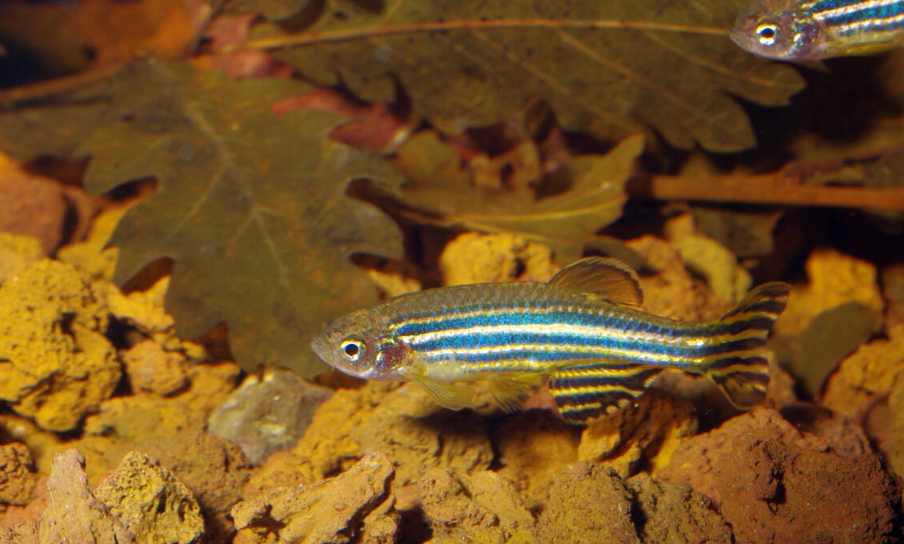
More ample room to swim and exercise builds stronger muscles and improves growth. Access to natural live foods provides optimal nutrition for rapid growth. Natural sunlight facilitates vitamin D3 synthesis needed for growth. Surface agitation and plants boost oxygen for higher metabolism and growth. Steady optimal temps year-round sustain growth vs. indoor fluctuations.
Natural selection favors the fastest-growing Danios to maturity and breeding. The constant need to evade predators keeps Danios active and growing. Moving water from filters or fountains exercises Danios. Less crowding reduces competition, allowing individuals to maximize growth potential.
Given all these beneficial factors, Danios housed in appropriately sized and optimized outdoor ponds can achieve up to 20%-30% faster growth rates on average compared to indoor aquarium populations.
Are Danios More Difficult to Breed Outdoors?
No. Danios can breed just as readily outdoors as indoors if basic needs are met. Here are some additional considerations for successful outdoor Zebra Danios breeding.
Provide adequate pond size and depth for breeding behaviors and fry rearing. Include floating, marginal, and submerged plants for infusoria growth hiding spots. Maintain optimal 78-82°F water temps for spawning and fry development. If live food is limited, offer supplemental danios fry foods like powdered spirulina and egg yolk.
Prevent fry predation by fully netting the pond until it is moved to a separate nursery. Use floating mesh nursery boxes to segregate fry once free-swimming. Eliminate pond insects and larvae that may feed on fry. Monitor the pond closely to catch pregnant females for birthing if desired.
With proper setup and care, breeding Danios outdoors can be as successful as indoor aquariums. Fry growth and survival may require some extra protection.
Successful outdoor Zebra Danios breeding
- Used a 50-gallon plastic storage tub for the pond, providing ample space for breeding colonies.
- Added a sponge filter, air stone, and water pump for filtration and oxygenation.
- Planted several elodea and floating hornwort bunches to absorb nitrates and provide infusoria.
- Covered pond with fine netting to prevent jumpers and deter predators.
- Stocked pond with 40 adult Danios- a mix of males and females at a 1:2 ratio.
- Provided balanced flake and pellet food 1-2 times per day. Supplemented with live foods.
- Maintained water temperature between 76-82°F using a submersible pond heater.
- Monitored water parameters weekly and performed partial water changes.
- Within 2 months, the population grew to over 100 fish, including juveniles and fry.
- Used floating nursery boxes to segregate and grow out batches of fry.
- Created optimal conditions for continuous breeding. No issues are keeping Danios outside.
With proper setup and care, outdoor tubs and ponds can support prolific Zebra Danios breeding and indoor aquariums.
Conclusion
Danios can breed continuously in outdoor ponds. Provide at least a 100+ gallon pond with ample swimming space. Maintain optimal water conditions – 78-82°F, stable pH, low ammonia and nitrites.
Use pond filtration and aeration systems sized for 2-3x volume. Include live plants for infusoria and hiding spots. Cover the pond with netting. Place 1 male for every 2-3 female danios at a ratio of 1 fish per 2 gallons.
Offer a balanced diet with added live and frozen foods to promote breeding. Monitor pregnant females and transfer them to the nursery or dense planting before birthing. Rear fry in floating nursery boxes until big enough to join adults. In temperate climates, move fish indoors before winter and return after the last frost.
With proper setup and care, Danios can thrive and breed readily in outdoor ponds for much of the year, given a suitable climate.
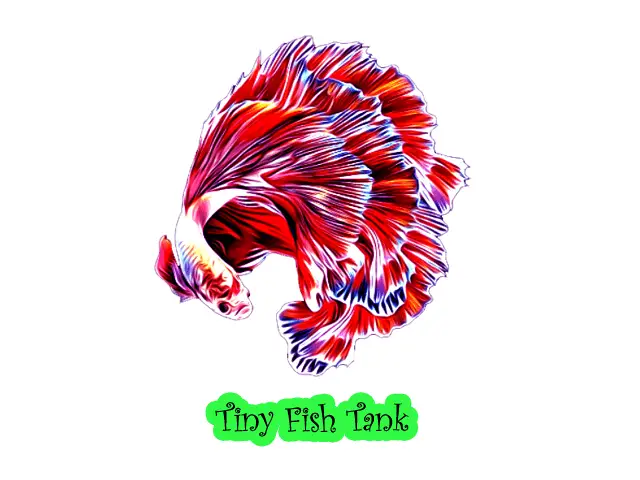
![Why Zebra Danios Jump Out of Tank? [ 5Reasons and Best Solutions]](https://www.tinyfishtank.com/wp-content/uploads/2023/08/Danios-Jump-Out-Tank-768x532.jpg)
